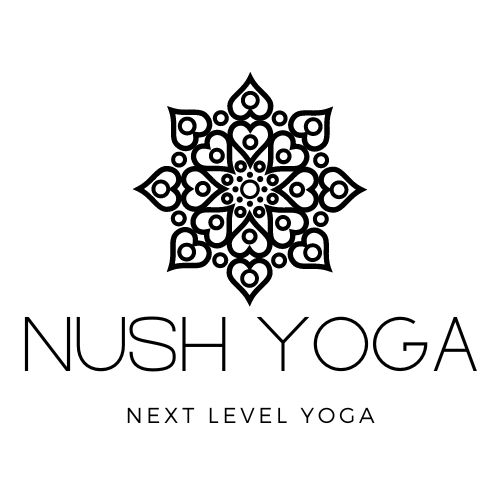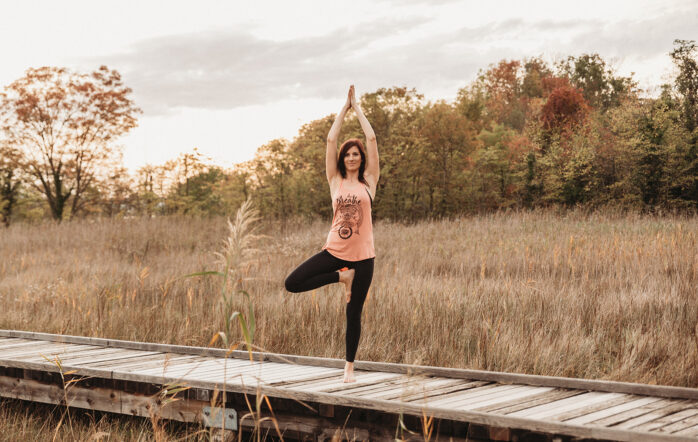Most of us encounter yoga through yoga postures or asanas. In yoga classes, the teachers explain to us how it is a multi-thousand-year-old practice and how these asanas or postures are something practiced by ancient yogis. Is it really so?
If we walk the 8-step path of yoga as written by Patanjali thousands of years ago, the third step of Asana has a completely different meaning than we attribute to it today. The most important and indeed the only description of asana in the Yoga Sutras is "sthira sukham asanam", which means a stable and comfortable sitting position.
There is no description of a triangle, a camel, a warrior... but only a stable and comfortable sitting position for meditation. In the Yoga Sutras, which are the foundational text of yoga, there are no postures as we know them today.
Why not? Because the positions we practice today were created just over 100 years ago.
A bit of history that a regular google search doesn't show
Unfortunately, Googling only shows modern interpretations of the concept of Asana, but through these interpretations its primary meaning - and thus the primary meaning of yoga - is lost.
How did modern postural yoga, based on physical exercise, actually develop? There were some Hatha Yoga practices in the past, but when the British took over India, these practices had a very negative connotation. In the late 18th and early 19th centuries, the British began to implement conciliatory policy towards Indian culture. As a result of this policy, many Indian and European administrators, intellectuals and public officials began to support it the creation of a new, modern India that combined the best of modernity and the West, but in a traditional Indian form. The years of colonial rule gave rise to many of the stereotypes that made them Indians physically and racially degraded—in other words, inferior to whites. The reappropriation of hatha yoga became part of a larger project of Indian nation-building and the construction of a new Indian man designed to combat these stereotypes.
At that time in the West and due to the colonial influence in India, they were quite numerous popular fitness and exercise regimens, known as "physical culture". Physical culture was based on bodybuilding exercises, gymnastics (at this point in history this exercise was dominated by men) and military calisthenics. Because the focus was on masculinity and body care, was generally seen as a way to the renewal of the moral and physical struggles of India and its people (read: men). Traditional hatha yoga exercises were recaptured and merged with modern physical culture in an attempt to fuse "indigenous" Indian exercises with more Western practices and ideals. Thus, a new, more aerobic and acrobatic version of yoga was born, which was free of all the negative associations of previous centuries.
This means that modern postural yoga and most of the poses we practice today are only about 100 years old.
One of the most influential people in the development of modern yoga, T. Krishnamacharya (1888-1989), was deeply embedded in physical culture. The result was a new formulation of yoga that was a fusion of body building, gymnastics, military calisthenics and those hatha yoga practices that they found acceptable. It was this new form of yoga that was taught to some of the world's most influential yoga teachers of the 20th century: BKS Iyengar, K. Pattabhi Jois, Indra Devi and TKV Desikacha. Right this new, body-oriented, acrobatic form later migrated to the West, a yoga that is almost devoid of any spiritual or meditative practice.
Some postures or sequences that are often considered the foundations of yoga today were not invented until after 1930. Sun Salutations, one of the most revered yoga sequences, are invented in the 1930s and have more in common with military fitness and gymnastics than with yoga. Additionally, many of the inversions or handstand positions we see today have only appeared in recent decades. Often the use of Sanskrit for these poses is meant to make them seem part of the cultural tradition of yoga, which is not really true, although most yogis around the world believe this.
As some of you already know, this realization triggered an "identity crisis" for me, when I almost gave up learning yoga, because I didn't want to be a part of this "fraud" - that's how I understood it at the time.
After thinking about it, I decided not to abandon my mission, but my way of teaching changed drastically. I am aware that a certain amount of "damage" has already been done and that modern people perceive the word yoga as something completely different from what yoga is. I am aware that the modern Western man mostly gets to know about yoga through the physical practice of postures, and that most likely, if it were not for this practice, he would not have known or started practicing yoga at all. That's why I found a way to bring people closer to the true meaning and essence of yoga through physical practice. The purpose of yoga practice is work on oneself, self-knowledge, personal growth, improvement of the quality of life and the world around us. Yoga offers a recipe for all of this. The main goal of yoga is Samadhi, which is complete self-realization. If I manage to teach this in my yoga classes, first through getting to know your body and then more deeply, then what we are doing is real, true yoga.
Glede na odzive mojih vadečih mislim, da mi kar uspeva. Kaj pravite? 😉


Leave a comment